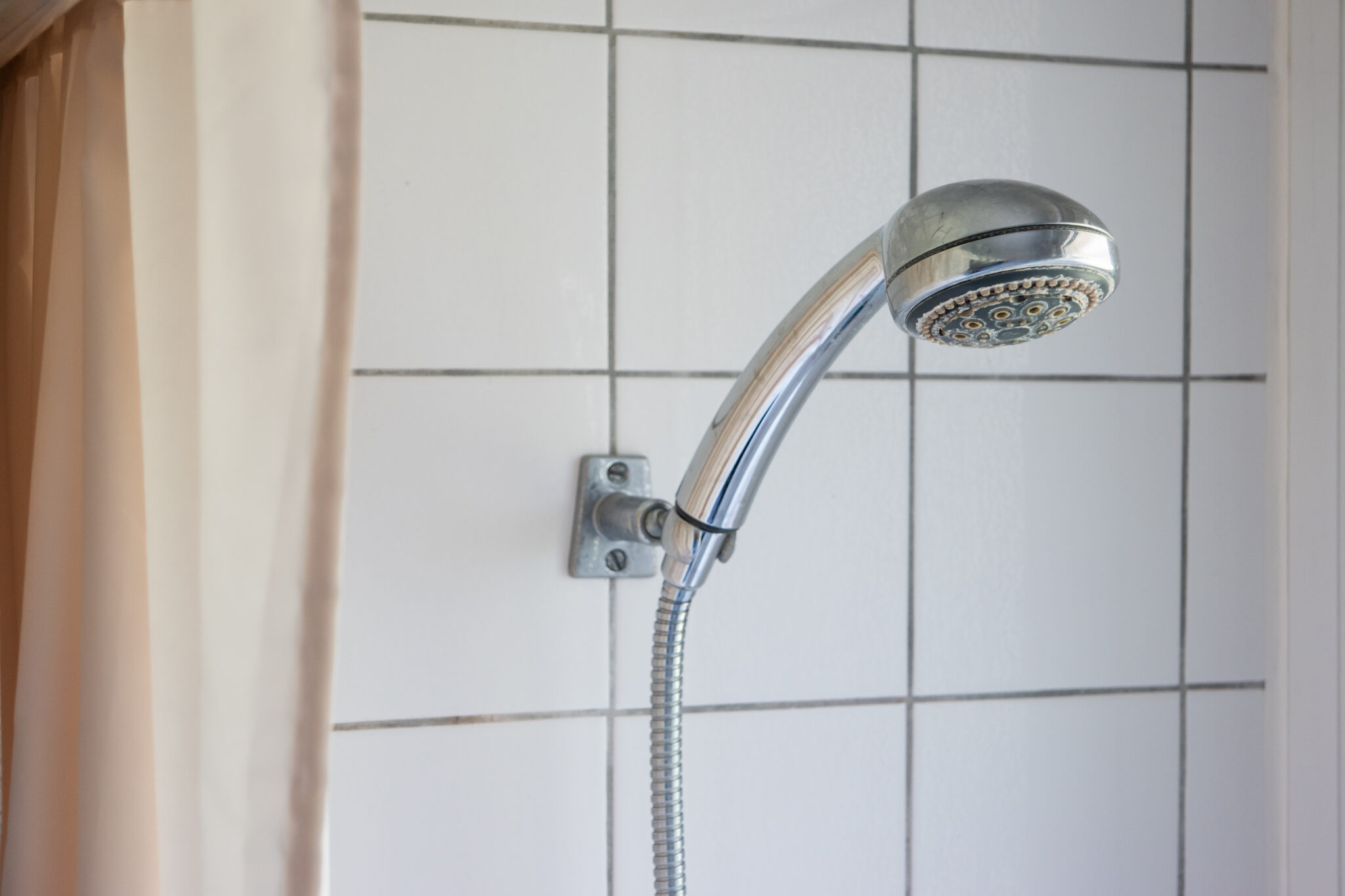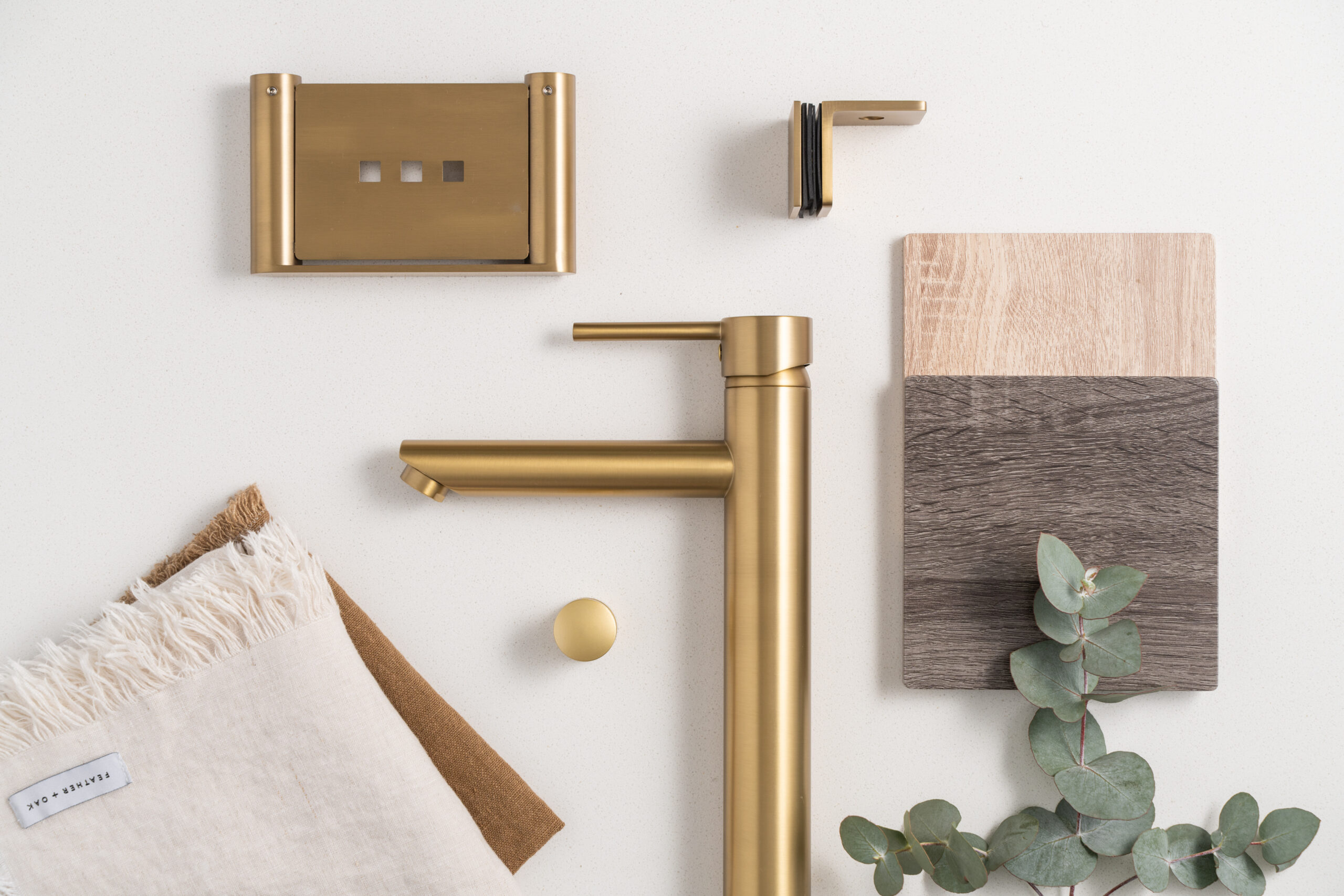How to Remove a Shower Head
Keyword: how to remove a shower head
Title Tag: How to Remove a Shower Head – Easy Guide
Meta Description: Do you need to remove your shower head for cleaning or repairs? Learn how to do it safely and easily with our step-by-step guide.
Removing an old shower head is much easier than you might think! Whether you’re renovating a bathroom or just replacing an outdated fixture, changing out the showerhead is an essential step. But it can be a daunting task for someone who hasn’t done it before. In this blog post, we’ll go over how to remove a shower head so you can confidently take on this DIY project with ease.
Shower Head Removal Tools

Pipe wrenches are great for removing rounded or smooth connection nuts
Removing a shower head can be tricky, but it’s not impossible. Using the right tools for the job is essential to make sure that it gets done safely and correctly. To remove a shower head, you will need to get an adjustable wrench, penetrating lubricant and plumber’s tape, also known as Teflon tape. If you want to replace a showerhead that is old and has visible rust or mineral deposits surrounding it, it’s also a good idea to get a pipe extractor, also available at most hardware stores.
How to Remove a Shower Head

Pulling a shower head of doesn’t need to be difficult
- First, to remove a shower head you’ll need to turn off the water supply to the shower head. To do this, you may need to access the shut-off valves behind the wall.
- Take your adjustable wrench, wrap plumber’s tape over the wrench teeth and place it securely over the shower head’s connection nut. Place your other hand on the wall side of the shower and turn counterclockwise until the nut loosens and comes off easily. We recommend using penetrating lubricant on the threads of the nut to loosen them.
- Gently pull down on the shower arm to remove the showerhead from its socket in the wall. Pull out any pieces that come away with it such as washers or O-rings and set them aside for later use when reinstalling. If you plan on reusing your shower head, this is a great time to also clean it.
- Wipe away any remaining grime or corrosion around where it was connected. Remember to replace the old plumber’s tape with new tape, and press the tape on the threading in a clockwise direction.
What to do if the Shower Head is Stuck

Using a spray lubricant helps loosen screws tough screws and bolts
If the shower head is stuck, you may need to use a pipe extractor. A pipe extractor is a tool designed to help you remove broken or corroded pipes that cannot be removed with a wrench or pliers. The extractor has two parts: an outer sleeve and an inner sleeve.
To use it, fit the inner sleeve around the stem of the pipe and then screw in the outer sleeve until it clamps tightly around the stem. Then, turn a handle clockwise until the pipe is unscrewed from its seating. If necessary, use penetrating lubricant on both the inside and outside of the extractor where it meets the pipe surface to make sure it comes off easily. Once you have unscrewed it, you can now easily remove the shower head from its place in your shower.
Get That Shower Head Off!
Removing a shower head is not as hard as it may seem. By using the recommended tools and following these steps, you’ll be able to confidently take on this DIY project yourself. For more articles and useful advice on everything bathrooms, head to the MyHomeware blog today!
FAQ
How do I prevent damage to my shower head?
To prevent damage to your shower head, you should clean it regularly with a vinegar and water solution to remove any mineral build-up. If it is still clogged or corroded you can use an old toothbrush to gently scrub away any debris.
Properly seal your shower head so no moisture or condensation gets inside, causing corrosion. Additionally, when using cleaning agents around the area, be careful not to splash them onto the shower head as this could cause damage.
What are some common problems with shower heads?
One common problem with shower heads is when they begin to clog up, resulting in a decrease in water pressure. Hard water buildup can also cause water pressure to drop, as mineral deposits in the pipes can prevent water from flowing freely. If your shower head is leaking, it could be due to worn out seals or gaskets that need replacing. It’s also possible for the plastic casing of a shower head to crack or break over time due to regular wear and tear.





